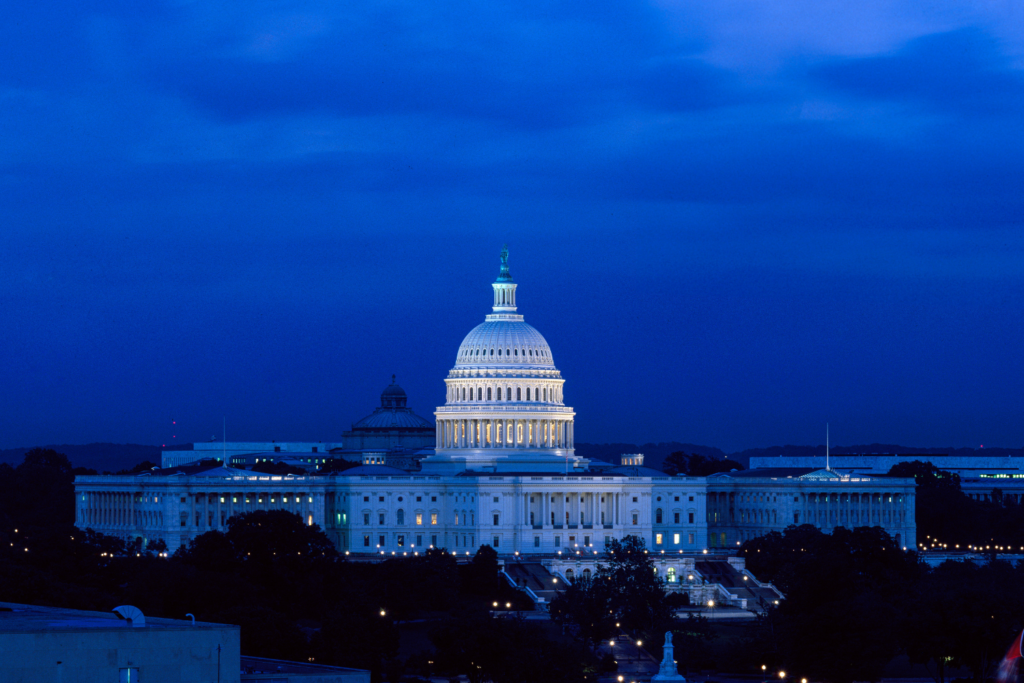
Senate budget restores some sanity to transportation programs
Just a few weeks after Rep. Paul Ryan released his House budget that proposed cutting or eliminating many important transportation programs, the key Senate committee’s budget for transportation (and housing) for next year contains some good news. Thanks to all of you who sent emails last week to your Senators on the committee!
TIGER, one of the most important programs that communities depend on to fund innovative local transportation projects, was well funded after the House proposal totally eliminated it in their budget.
Whether repairing a pair of deficient bridges that connect two communities in Michigan, extending transit service into an underserved area in Orlando, improving a busy rail crossroads in Texas to move freight faster cross-country, or bringing different modes of transportation together under a brand new roof in Moline, Illinois, the competitive TIGER grant program has been a huge boon to more than 130 communities, funding many innovative projects that often have a hard time getting funding from the state DOT or federal formulas.
New Starts, the small, oversubscribed program that funds almost all new transit construction across the country, was funded at a little more than $2 billion after being also totally eliminated by the House. It’s a prudent move: transit usage is booming across the country while vehicle miles traveled peaked a few years ago and has been slowly declining ever since — especially among people under age 34.
And the small but very influential Partnership for Sustainable Communities was funded again after receiving no funding last year. This program brings together the federal environmental, housing and transportation agencies to make decisions in concert and make small grants to communities that want to engage in better planning to ensure that their communities become or remain great places to live.
This doesn’t mean that the fight is over for this year — this budget will still have to be reconciled with the House, which is no easy feat. And we’ll have a battle at that point once more. It’s been tougher and tougher in the last few years to pass actual budgets for these individual programs. This year will be no different, especially heading into an election this fall.
The full list of notable programs and their funding levels:
- Highways: $39.1 billion.
- Transit: The summary doesn’t explicitly give an amount but it’s fairly safe to assume that it’s $8.4 billion, in line with MAP-21 levels, just as the above funding for highways matches MAP-21.
- TIGER: $500 million
- New Starts: $2.05 billion. This is the core program that funds construction of new and expanded transit systems.
- Amtrak: $1.45 billion
- Passenger Rail Grants: $100 million
- Partnership for Sustainable Communities: $50 million
Are you confused about the difference between the long-term transportation bill and these yearly budget battles? In short, it’s the difference between “authorizations” and “appropriations.” The multi-year transportation bill is an authorization, which means the policy is put on paper and the targeted overall funding amounts are determined. We are still working to see that multi-year bill passed with important policy reforms. But in the meantime as we roll along under extension after extension of the old law, it’s still up to appropriators in the House and Senate each year to decide how much money to actually spend on transportation —especially how to divvy up the discretionary money between different programs, like Amtrak, TIGER grants, or high-speed rail, just to name a few.



